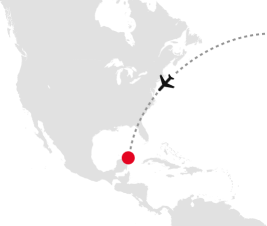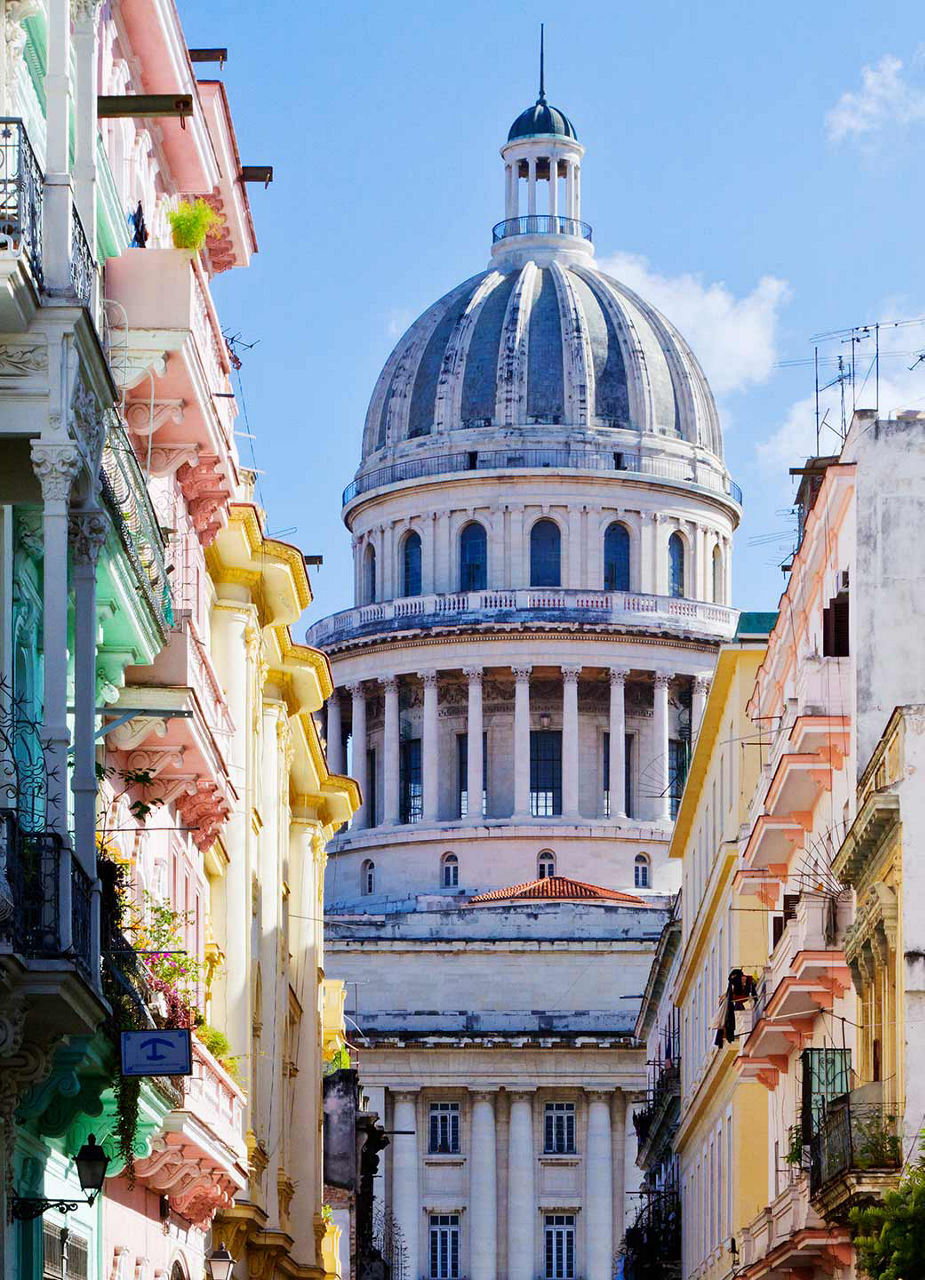
Hat makers and agave farmers

Shimmering colonial cities, mystical pyramids, coral white beaches – Yucatán is not just a dream destination for snowbirds. In the hinterlands, the handiwork of hat and rope makers bears witness to the country’s golden past.


Yipiyapa – The Panama hat
If you want to understand Yucatán’s soul, visit the hinterlands where magnificent colonial cities bear witness to its faded glory. Here lie the mystical temple estates of the Maya. And here is where Panama hats (the yipiyapa) are woven from toquilla palm straws so fine that you can fold them and put them in your pocket.


However, the hats do not come from Panama, but from Ecuador. The yipiyapa has also been made in Yucatán since 1859. Unlike Ecuador, however, the air here is bone-dry, so families have put their workshops in the cool ground. "Without the humidity, the straw would break", explains Doña Chari. The 56-year-old hat maker sits at the foot of steep stone steps in her cave, the wattling in her hands.

This also means working in the fields: behind the village, 6000 toquilla plants are waiting to be harvested: “The hardest part is making the straw. Everything hinges on its quality”, Doña Chari adds. Quality has its price. A simple hat, made in two days, may cost CHF 20 or CHF 30, while a masterpiece takes many weeks of work and can cost several hundred Swiss Francs. What about the ones for sale at the beach for a couple of dollars? "Made in China".

On the agave fields
We journey on east in search of Yucatán’s “green gold”, the Henequen agave. The agave’s edged, silver-green leaves do not look very appetising – particularly when they are being crushed. The more than century-old straw cutting machine of the “Hacienda Sotuta de Peón” devours the leaves with an insatiable appetite and a deafening noise, crushing it into a fleshy mass that is then frayed.

“The old lady manages 100,000 leaves in eight hours,” Don Antonio shouts to us as he loads the masticated bundles on to a cart. His colleague pushes the freight into the yard where workers hang the bundles up to dry. The sisal fibres (final product of the agave harvest), named after the port on the north coast, were shipped to all corners of the earth. "Mexico dominated global trade between 1870 and 1930. Agriculture and shipbuilding needed ropes, sacks and string“, Don Antonio (82 years old) explains.

When Don Antonio worked in the fields as a young man, the hacienda was its own cosmos with a feudal structure. Of the near 1,300 haciendas in Yucatán, only a few have survived. While some were converted into boutique hotels, others are still traditionally operated. One of them is the Hacienda Sotuta de Peón, a mix of open-air museum, tourist resort, and production facility.

Mérida
The grand palaces of the colonial city Mérida are witness to how the titans of the early Industrial Age celebrated their own Belle Époque here – until around 1930, when synthetic fibres put an abrupt end to the party.
Header - Photo by Gustavo Bueno on Unsplash
Paragraph 2 - Photo by Francisco AcChi
Paragraph 2 - Photo by Craig Whitehead on Unsplash
Paragraph 3 - Photos by Francisco AcChi
Paragraph 4 - Photo by Tim Mossholder Unsplash
Paragraph 5 - Photo by David García Sandoval Unsplash
Paragraph 6 - Photo owned by Edelweiss
Paragraph 7 - Photo by Jorge Zapata on Unsplash
Paragraph 8 - Photo owned by Edelweiss











